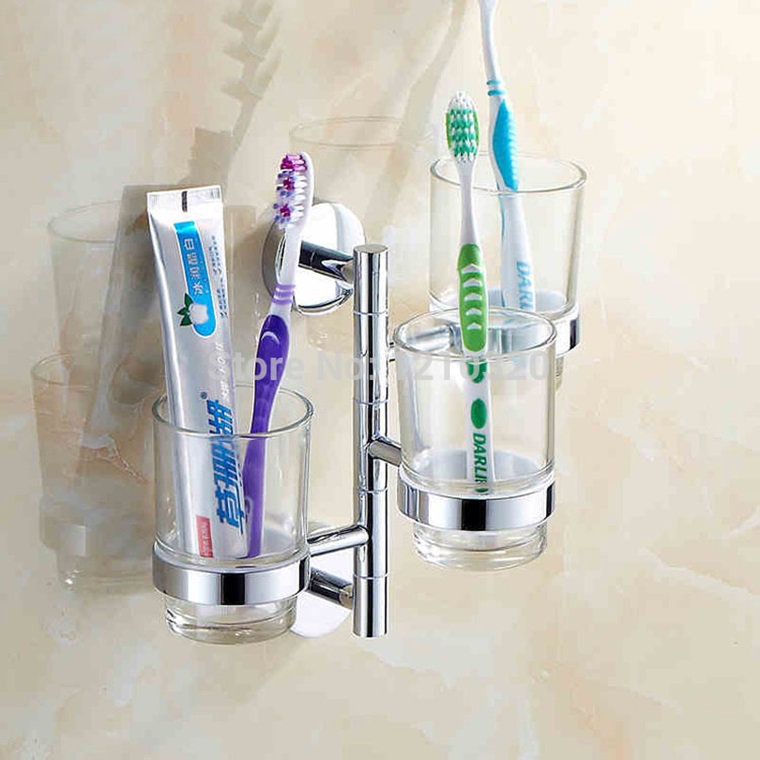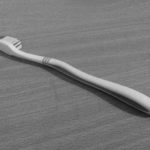Clean Your Toothbrush After Use
It’s important to develop a habit of rinsing your toothbrush with clean water after brushing your teeth. This helps remove any remaining food particles and toothpaste, ensuring your brush is clean and ready for the next use.
Don’t put your toothbrush away immediately after brushing. Giving it a quick rinse and allowing it to air dry will prevent bacteria and dirt from accumulating on the bristles.

Store Your Toothbrush Upright, Not Lying Down
Always store your toothbrush in an upright position. This allows the bristles to dry faster and prevents the buildup of moisture, creating an unfavorable environment for bacterial growth.
Make sure to maintain a reasonable distance between toothbrushes to prevent bacteria from transferring from one brush to another. Proper spacing ensures that each brush stays dry and reduces the risk of cross-contamination.

Avoid Storing in Enclosed, Damp Places
It is best to avoid storing your toothbrush in enclosed containers or damp places. Instead, opt for a well-ventilated area to prevent the growth and spread of bacteria and germs.
Replace Your Toothbrush Every 3 to 4 Months
Toothbrushes typically last for about 3 to 4 months. After this period, the bristles tend to become frayed and less effective at cleaning your teeth. It’s important to replace your toothbrush regularly to maintain good oral hygiene.
However, it’s important to note that the 3 to 4-month guideline is just a general recommendation. The actual replacement frequency may vary depending on your brushing habits and the condition of your toothbrush. Inspect your toothbrush regularly, and if you notice significant wear and tear, it’s time to get a new one.

Keep your toothbrush in pristine condition by following these simple tips. Feel free to share your own toothbrush care routines and suggestions in the comments section below.


































